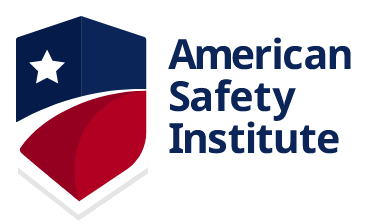If you’re a New York driver considering a defensive driving course, one of your first questions is likely: how much time will it take? In New York, this defensive driving or Point & Insurance Reduction Program (PIRP / I‑PIRP) course has a legally mandated duration. Below, we’ll break down how long the course is, how it’s structured, and what to expect. We’ll also point you to our own online offering so you can get started right away.
The Official Duration: 320 Minutes / 6 Hours
New York law requires that any approved PIRP (Point & Insurance Reduction Program) or I‑PIRP (Internet PIRP / alternate delivery) course include at least 320 minutes of instruction time, which equals 5 hours and 20 minutes of content.
However, in practice, most providers schedule it (and promote it) as a 6‑hour course to ensure they meet or exceed the minimum requirement and account for breaks, pacing, and quiz/review periods.
From the DMV’s standpoint:
- The classroom PIRP course is 320 minutes (about 5 hours, 20 minutes) of instruction, typically with at least one 30‑minute break for full-day formats.
- The I‑PIRP (online or alternate method) must also include 320 minutes of instruction, with the same content.
So when you see a course labeled “6 hours,” it’s a practical (and safe) rounding up to cover all parts of the program (quizzes, pacing, breaks, etc.).
How Online Courses Structure the Time
When you take the course online, providers generally break the 6‑hour requirement into multiple chapters or modules. You typically’ll:
- Log in and out as needed — the system will track your progress.
- Complete short quizzes or content checks at the end of each unit (for example, 4–5 questions, passing threshold often 75%).
- Meet timers that prevent skipping ahead too quickly, ensuring you spend the minimum required time on content.
- Finish the full course within 30 calendar days of registration.
Because of these mechanics, online courses sometimes feel slightly longer than what a pure “watch/read” time would require, but that’s by design to comply with state rules.
Why the Course Is “6 Hours” in Practice
You might wonder why providers call it “6 hours” if the official minimum is 320 minutes (5h 20m). Here are some reasons:
- Breaks and pacing: Most classroom courses include a break (often 30 minutes), which pushes the total duration closer to 6 hours.
- Buffer time: To comfortably fit quizzes, transitions, review, and any short delays, course designers often add small buffer time.
- Marketing simplicity: Promising “6 hours” is easier and gives assurance to students that they’ll spend a full block of time.
- Regulatory compliance: Because the law requires at least 320 minutes of instruction plus any necessary structure, rounding up helps ensure there are no accidental shortfalls.
What You’ll Learn in Those 6 Hours
While the time is important, the content is what matters. The PIRP / I‑PIRP course covers:
- New York State traffic laws and regulations
- Defensive driving techniques and collision avoidance
- Driver attitude, behavior, and hazard recognition
- Alcohol and drug impairment
- Vehicle maintenance, safety checks, and emergency handling
- Sharing the road (with cyclists, pedestrians, other vehicles)
- Risk management, weather, distractions, and driving strategies
Approved providers must include these core topics in their curriculum.
How the Time Requirement Impacts You
Understanding the course length helps plan your schedule:
- You can split the course into multiple sessions (you don’t need to sit for 6 hours straight).
- Make sure you finish within 30 days of registration or your access may expire.
- Don’t expect to “rush” through — the timers and quiz structure enforce the time requirement.
- After completion, you may be eligible for point reduction (up to 4 points) and a 10% insurance discount for three years.
How “How Long” Translates to Value
When you know the course is effectively 6 hours, you realize it’s a modest but meaningful investment to:
- Reduce your exposure to license suspension by lowering point count
- Earn a guaranteed 10% discount (for three years) on your auto insurance
- Refresh and sharpen defensive driving skills — which could help avoid collisions or fines
For many drivers, spending 6 hours to save hundreds on insurance and protect their license is well worth it.
Ready to Get Started?
If you’re ready to take the New York defensive driving course, you can enroll now through our DMV‑approved online program here:
Take the 6‑Hour NY PIRP Online Course:
This fully online, self-paced option lets you complete the course on your own schedule (just don’t forget the 30-day deadline).





